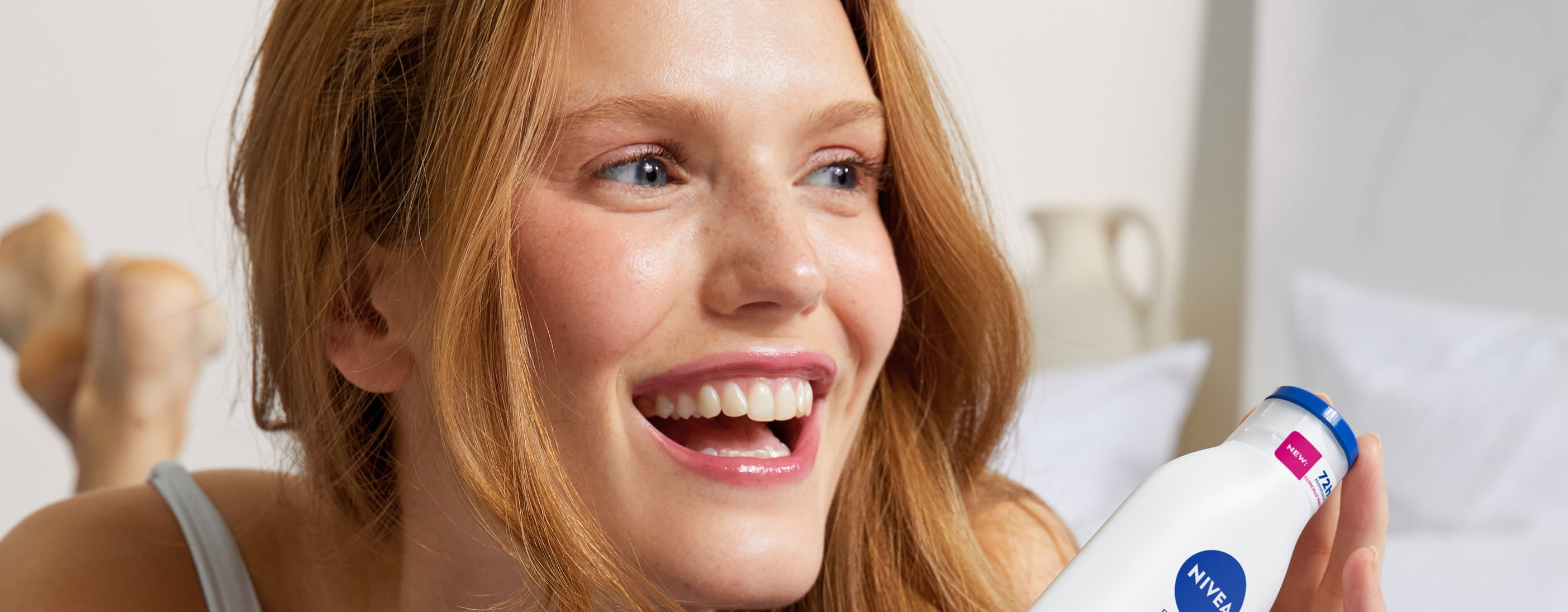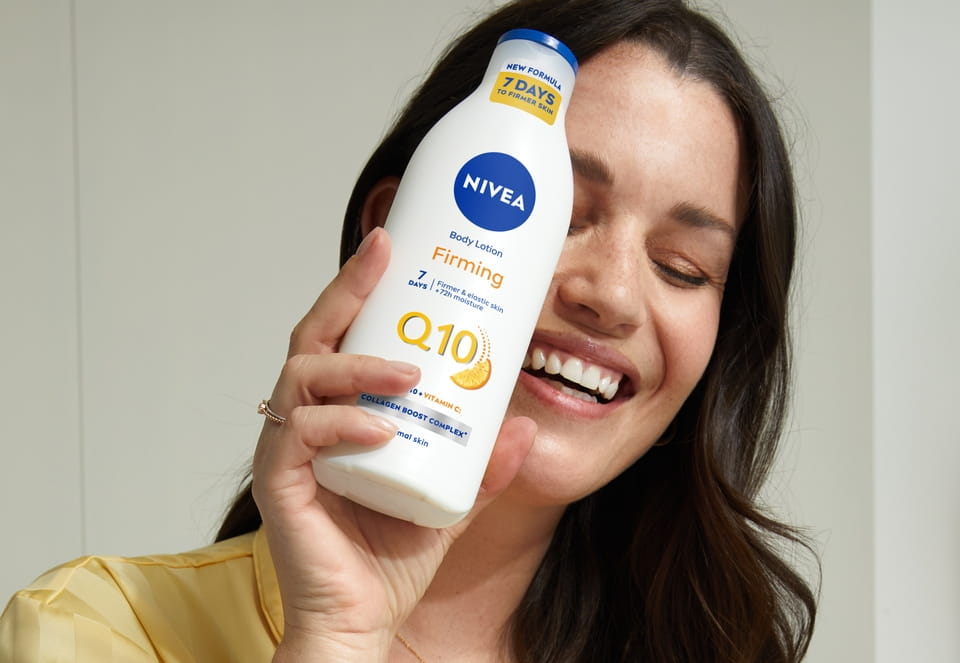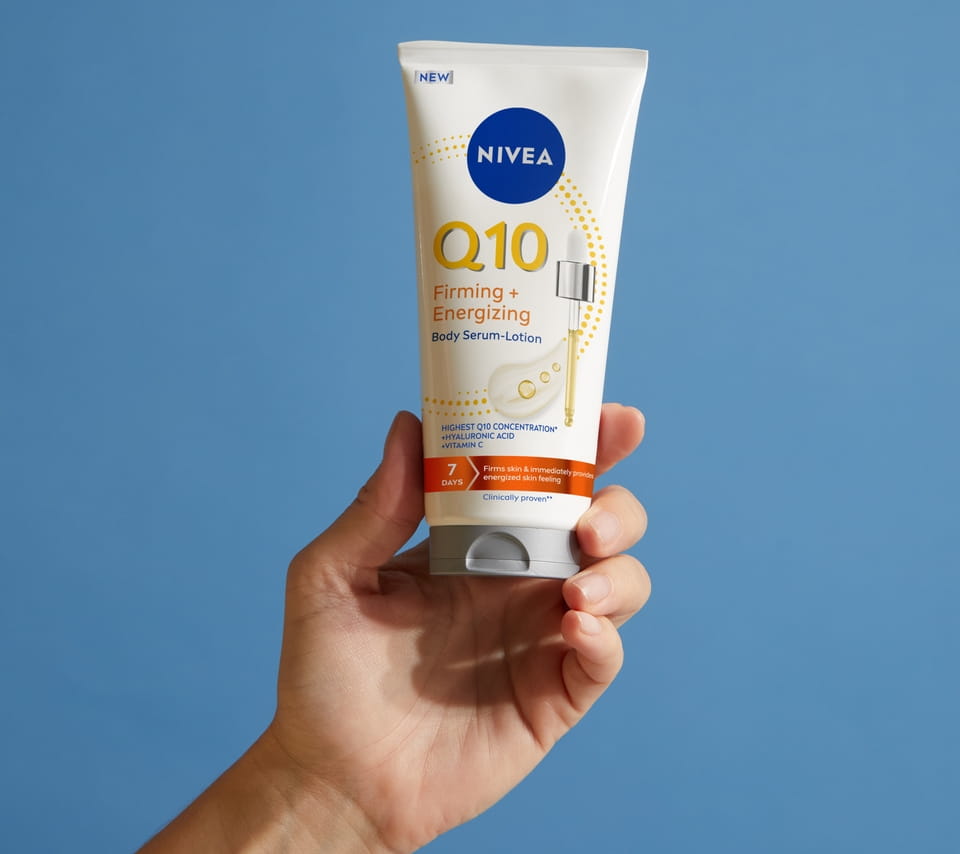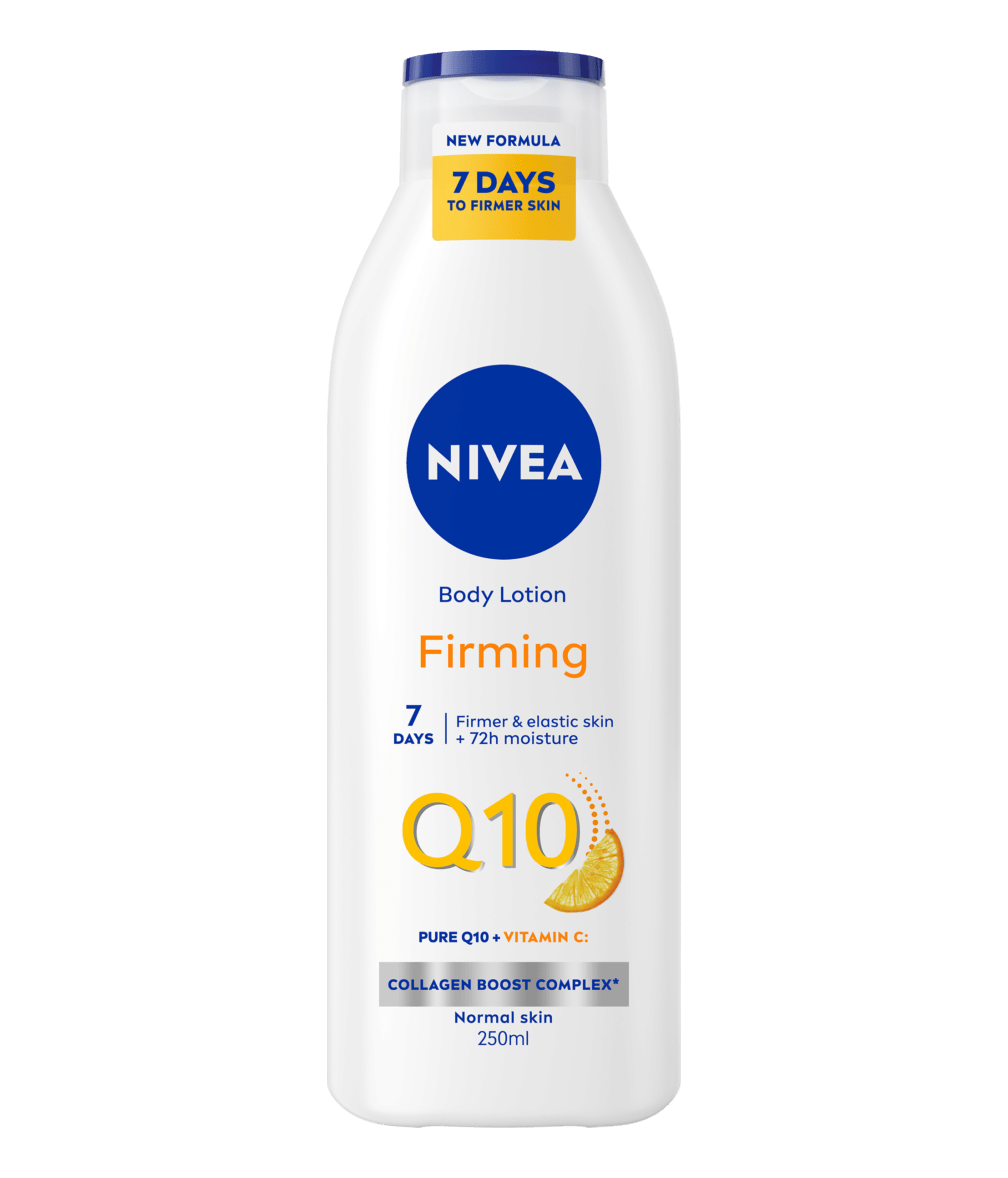
What is Cellulite and How to Reduce It
Discover what cellulite is, common causes, and 5 ways to help reduce the appearance of cellulite on your legs, thighs and arms
How to Help Get Rid of Cellulite


6 Common Causes of Cellulite



Facts Overview
How to Help Remove Cellulite?
Rather than focusing on how to get rid of cellulite for good, the most effective approach is to combine simple, consistent habits that work with your body, like staying active, nourishing your skin, and making healthy lifestyle choices. We explore how to help prevent against cellulite below.
5 Ways to Help Reduce and Prevent Cellulite

Eat a balanced diet to help reduce cellulite
A healthy, balanced diet which includes, wholegrains, fresh fruit, and vegetables, can support your skin and help reduce the buildup of fat beneath the surface. Processed foods that are high in sugar, fat or salt may contribute to inflammation, water retention and fat accumulation, making cellulite on thighs and legs appear more noticeable.
Stay hydrated
Drinking enough water - around 2 litres a day - is one of the simplest and most effective ways to support your skin’s natural elasticity. When your skin is dehydrated, it can lead to an uneven tone and complexion, which may increase the appearance of cellulite on the skin.
Try dry brushing or massage
Massaging or dry brushing areas prone to cellulite, such as the thighs or buttocks, can help stimulate circulation and support lymphatic drainage. Whilst dry brushing can’t treat, reduce or eliminate cellulite, it may help reduce the appearance by leaving it smoother and more toned.
Regular Exercise
Exercise is a great way to help reduce cellulite on the legs and thighs by increasing blood flow and supporting fat metabolism. Focus on lower body workouts such as walking, cycling or strength training, to help tone muscles.
Manage stress
High stress levels can affect hormones like cortisol, which may contribute to fat storage and poor skin health, factors linked to cellulite. Whether it’s a quiet bath, a short walk or simply slowing down, small acts of self-care can go a long way.

Skincare tips to improve skin elasticity


Summary
By combining healthy habits like eating a balanced diet, staying hydrated, regular exercise, and dry brushing with a consistent skincare routine, you can help reduce the look of cellulite on your skin. Combining these measures with a regular skincare routine helps maintain firmer, more elastic skin.






